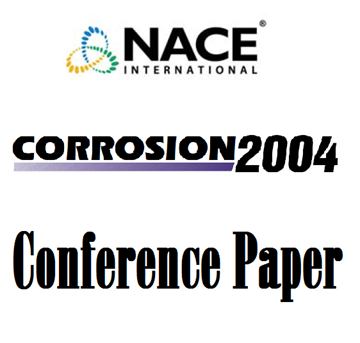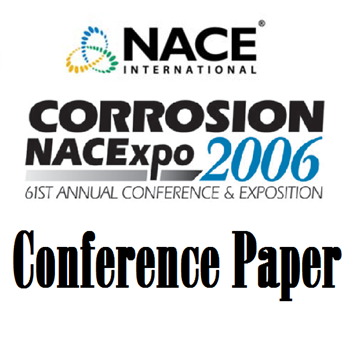Search
02027 Laboratory Corrosion Evaluations of Carbon Steel in Seawater and the Effects of Treatment Alternatives
Also Purchased
04139 Corrosion Behavior of Carbon Steel, Low Alloy Steel and CRA's in Partially Deaerated Sea Water and Commingled Produced Water
Product Number:
51300-04139-SG
ISBN:
04139 2004 CP
Publication Date:
2004
$20.00
04595 An Evaluation of Carbon Steel Corrosion under Stagnant Seawater Conditions
Product Number:
51300-04595-SG
ISBN:
04595 2004 CP
$20.00
06516 EVALUATION OF ANTIFOULING COATINGS PERFORMANCE TO PROTECT CARBON STEEL AGAINST MIC AND BIOFOULING IN POLLUTED SEAWATER
Product Number:
51300-06516-SG
ISBN:
06516 2006 CP
Publication Date:
2006
$20.00




